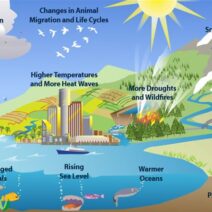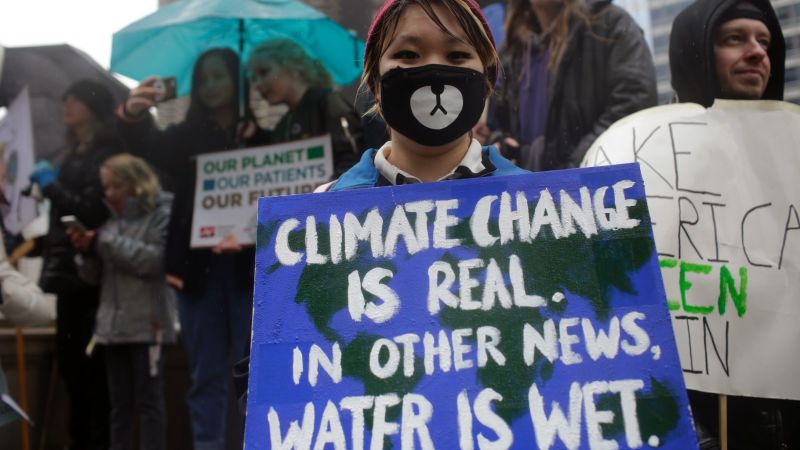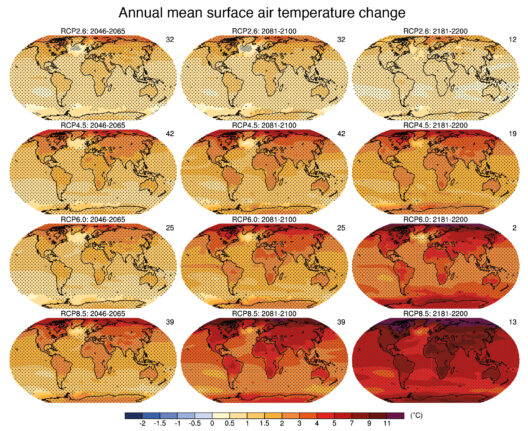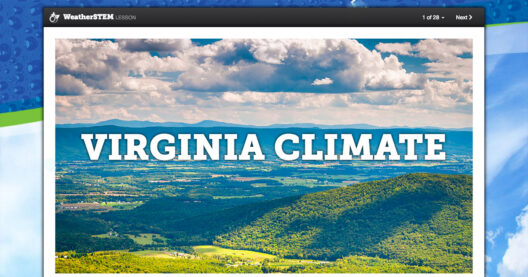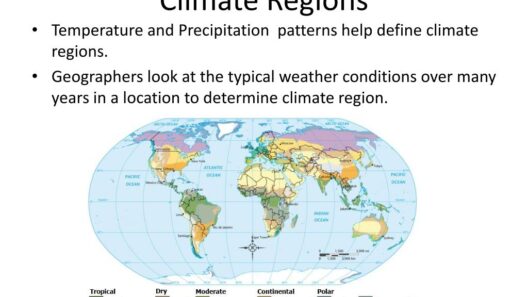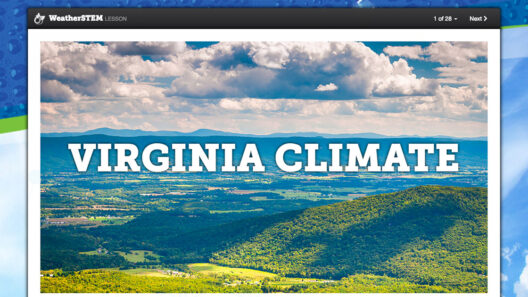The climate crisis, often compared to a tempest brewing on the horizon, seems to evoke a duality of response. On one hand, there is an overwhelming consensus among scientists emphasizing an urgent need for immediate action against climate change; on the other, there exists a pervasive sentiment of confusion that permeates public discourse. This juxtaposition raises a pivotal question: Is the world grappling with a definitive climate crisis, or is it merely ensnared in a web of climate confusion?
To unfurl this complex narrative, one must first comprehend the fundamental elements of climate change. The scientific community has long converged on the notion that human activities, particularly the burning of fossil fuels and deforestation, are orchestrating a profound transformation of Earth’s climate systems. This fundamental shift is characterized by rising global temperatures, increased frequency of natural disasters, and altered weather patterns, which are conspicuously evident in the patterns of severe droughts and floods that plague various regions.
However, recognition of these phenomena does not always translate into uniform comprehension or action. This dissonance can be elucidated through the metaphor of a lighthouse in a tempest. The lighthouse—symbolizing scientific research and consensus—shines brightly, guiding vessels through turbulent waters. Yet, many boats are lost at sea, thwarted by conflicting narratives and a cacophony of misinformation, unable to navigate the clear path that science illuminates. In such chaos, the tempest transforms not only the landscape but also the psyche of society, leaving citizens grappling with uncertainty.
One prominent source of confusion arises from media representation. The sensationalization of climate events can diminish the gravity of scientific warnings. For instance, climate deniers exploit anecdotes of extreme weather to argue that isolated events do not validate systemic climate change. This undermines the intricacies of climate science and fosters a narrative that emphasizes doubt over action. When media outlets commodify climate discourse, the result is often a distorted view that leads to misinterpretation rather than informed understanding.
Moreover, the complexity of intergovernmental negotiations can further entangle the public perception of climate issues. Agreements like the Paris Accord are monumental steps toward global cooperation, yet they often come shrouded in bureaucratic language that can leave laypeople perplexed. The delicate balance of interests between economically developed countries and developing nations creates a labyrinth of commitments that, to the casual observer, may appear as nothing more than political posturing rather than genuine action. Just as one might stare at a dense thicket of trees and fail to see the sun filtering through, individuals can lose sight of the overarching goal amid the noise of negotiations.
Education plays a crucial role in demystifying these complexities. A robust public understanding of climate science—not merely the acknowledgment of its existence—is essential in bridging the chasm created by misinformation. Engaging narratives, evocative visualizations, and accessible language can illuminate the intricate workings of climate systems without diluting their seriousness. Education transforms confusion into clarity, empowering individuals to participate actively in solutions rather than remaining passive observers in an unfolding crisis.
Yet, the ennui arising from climate fatigue must also be addressed. The relentless barrage of alarming predictions can lead to desensitization, causing individuals to retreat into apathy. Just as one cannot effectively battle a wildfire armed only with a garden hose, the pursuit of sustainable practices requires resilience and commitment beyond the superficial level. People must be equipped with the tools to enact change in their communities, which can include anything from grassroots movements to individual lifestyle changes.
Climate activism, therefore, emerges as a crucial antidote to confusion. Grassroots movements have shown that not only can individuals make a difference, but collective agency can galvanize immense power. Movements like Fridays for Future and Extinction Rebellion are stunning examples of citizen-led responses igniting global conversations around climate urgency. They unravel the notion that climate change is merely a distant threat, tethering it firmly to the lives and futures of ordinary individuals.
Therein lies the heart of the matter: the conversation surrounding climate change is not solely about the environment; it is an intricate tapestry woven with threads of social justice, economic viability, and public health. As the climate crisis intensifies, so too does the imperative to reconcile these elements. Investment in renewable energies equates to job creation; sustainable agriculture promotes food security while combating greenhouse gas emissions. Such integrated solutions not only address climate concerns but also invigorate communities economically and socially.
In conclusion, the narrative surrounding climate change is indeed laden with confusion, yet it is inherently anchored in a profound crisis that demands our unwavering attention. The key to navigating this tempestuous discourse lies in fostering understanding through education, promoting effective activism, and embracing holistic approaches. In a world where the dialogue often sways between alarm and lethargy, it is the steadfast commitment to informed action that will ultimately carve a path through the fog of confusion. Humanity stands at a decisive juncture, where clarity and urgency can converge to spark a transformative paradigm. Whether we confront this crisis head-on or linger in confusion ultimately rests in our collective grasp.


